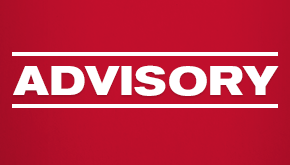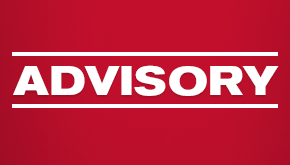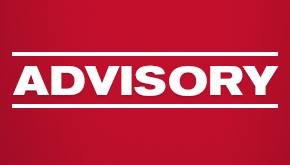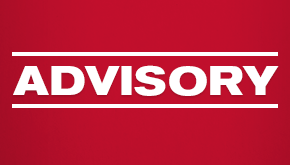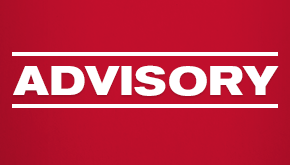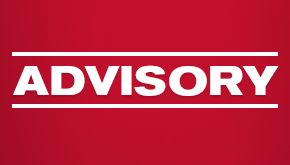New USPTO Section 101 Guidelines Impact Examination Process, Are Anticipated to Reduce Number of Rejections
The United States Patent and Trademark Office (USPTO) has issued new patent application examination guidelines with respect to subject-matter eligibility under 35 U.S.C. §101. These new guidelines went into effect Jan. 7, 2019, and are for use by all examiners in all art units. The new guidelines attempt to create a more consistent and predictable atmosphere for examination, and seek in particular to clarify the determination by examiners as to whether a claim is “directed to” an abstract idea, the first step of the two-step Alice/Mayo test. (These two steps are incorporated as Steps 2A and 2B in the Manual of Patent Examining Procedure (MPEP) 2106.) This should reduce the number of rejections under 35 U.S.C. § 101. These guidelines will have the most significant impact for clients filing patent applications specific to the computer science and biotechnology fields.
Step 1 of the patent-eligibility examination, a determination of whether the claimed subject matter falls within one of the four statutory categories of patentable subject matter (process, machine, manufacture, or composition of matter), has not changed. Step 2A entails assessing whether the claim is “directed to” a law of nature, a natural phenomenon or an abstract idea (i.e., the judicial exceptions to the four categories of Step 1). If the claim is “directed to” a judicial exception, Step 2B assesses whether additional elements in the claim, either individually or as an ordered combination, comprise an inventive step that transforms the claim into patent-eligible subject matter. Formerly, Step 2A was conducted primarily by comparing the claim under consideration to claims addressed in previous court decisions. Because of the quickly growing number of court decisions with respect to subject-matter eligibility, some of which conflict with each other, the USPTO asserts that a more consistent and predictable analysis by examiners across all technology fields is needed in order to provide more clarity and predictability.
Under the new guidelines, revised Step 2A is divided into two prongs. Prong One evaluates whether the claim recites one of the judicial exceptions. If a judicial exception is found, Prong Two assesses whether the judicial exception is “integrated into a practical application.” If so, then the claim comprises patent-eligible subject matter and no further analysis under Section 101 is required. “A claim that integrates a judicial exception into a practical application will apply, rely on, or use the judicial exception in a manner that imposes a meaningful limit on the judicial exception, such that the claim is more than a drafting effort designed to monopolize the judicial exception.” Notably, the Step 2A-Prong Two analysis specifically excludes the determination of whether the additional elements of a claim are routine or conventional, which remains a basis solely of Step 2B (and thus is applicable only in cases where Step 2B must be reached). As a result, even “conventional” elements of the claim may contribute to a finding that the judicial exception is integrated into a practical application.
If the claim includes a judicial exception at Step 2A-Prong One and does not integrate the judicial exception into a practical application at Step 2A-Prong Two, then the previously established Step 2B analysis is performed to determine if an inventive concept is present. The Step 2B analysis takes into account whether the additional elements of a claim are routine or conventional (i.e., the analysis under Berkheimer) and whether the additional elements otherwise transform the judicial exception into patentable subject matter.
The new guidelines also provide more specific rules on what constitutes an “abstract idea,” the judicial exception most commonly found at Step 2A in claims directed to computer-implemented inventions. Abstract ideas now must fit into at least one of only three categories: mathematical concepts, methods of organizing human activity, or mental processes. Claims that do not fit into at least one of these categories are presumed not to recite an abstract idea. In the rare event that an examiner believes a claim element outside of these three categories is an abstract idea, the examiner must get approval from the Technology Center Director in order to reject the claims under Section 101.
As with all rules promulgated by the USPTO, the changes introduced by the new guidelines are only procedural. They do not change the substantive law on the issue. Also, the USPTO is accepting comments on the new guidelines until March 8, 2019, which may result in further clarification. While we expect the number of rejections under Section 101 to decrease because of these new examination guidelines, federal courts will continue to have the final word on issues of subject-matter eligibility.


